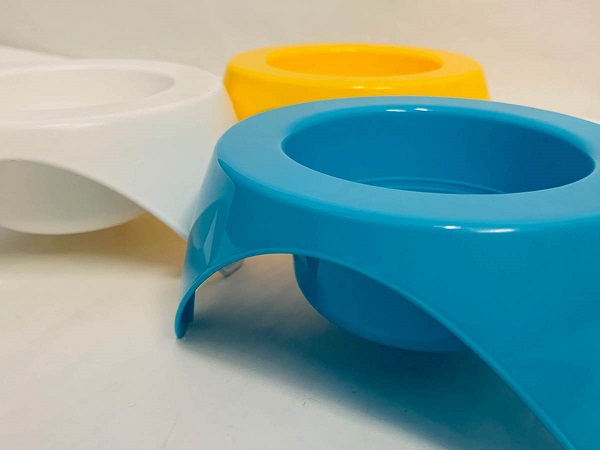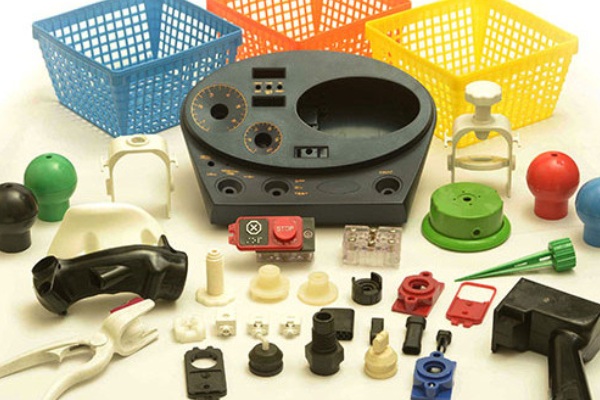The future of plastic injection molding
An introspective journey into the injection molding industry and its future
Plastic injection molding is the commonest and the most popular plastic component manufacturing method in use currently. More than a century-old process, the method has undergone several technological integrations and has been critical in producing intricate plastic components for diverse industries. While modern alternatives like 3D printing and Blow molding processes are fast catching up with manufacturer’s fancy, injection molding still remains the industry’s favorite.
The popularity is largely attributed to the long list of benefits the method offers. In this article, you would find a few stunning benefits of plastic Injection molding and its potential to develop as an energy-efficient process in the future.
Plastic injection molding: Making, Parameters, and Benefits
Injection molding is a manufacturing process used by plastic injection molding companies to create strong and quality plastic components. Faster production and less finishing work make this production technique a bankable method. Plastic injection molding involves the injection of molten thermoplastic at high speed and pressure into an aluminium mold. The highly pressurized and cooled plastics then form the final part.
While the process is simple, factors like parameter control and raw material used often decide the cost efficiency and productivity of the injection molding process. Parameters like thermoplastics, injection pressure, temperature, and molds must be accurately controlled to produce a perfect output. Here is a detailed look into each parameter.
Molds are the tools that give shape to the plastic components. The design of the tooling plays a critical part in giving the perfect shape to the output component. Plastic companies make use of prototyping and test runs before finalizing the mold shapes. This step is crucial to avoid potential discrepancies as it critically impact the cost, building, and maintenance of the tool.
Choosing the right thermoplastic depends on functions and the usage of final components. Manufacturers normally decide between semi-crystalline thermoplastics or amorphous plastics after determining their performance requirements.
Temperature and pressure are critical parameters that need to be controlled carefully. Perfect temperature of barrel & screw ensures that the plastics are not too molten or too solid. Similarly, the clamp and injection pressure should be monitored to avoid opening or breaking the injection and ensure that the plastic is perfectly formed.
Thus, the control parameters and thermoplastics are the important aspects that make injection-molding processes highly beneficial and cost-effective. It is worthy to note that the innovations that have been revolutionizing the plastic molding company in India are mostly the changes made in these parameters.

Injection-molded components are also popular for many reasons.Here is a look at why these components are the best.Know More
Benefits of injection molded plastic components
- The plastic components formed are strong and of high quality. Thanks to automation and sensor technologies, parameters are perfectly controlled to make high-quality outputs.
- The molds usually make millions of products in a single cycle, making the entire production efficient and low. Automation has further reduced the production cost with robots replacing human labour.
- The technique is quick and can produce thousands of products within a few minutes.
- The molding process also offers great design flexibility with their injection molds.
Injection molding is the best production method in the industry that produces high-quality plastic components at a low cost. With innovations in machinery, biodegradable plastics, and varying customer demands, the future of injection molding techniques looks extremely promising. Let’s have a look at what the future holds for the injection molding process.
What future holds for the injection molding process?
Recyclable plastics, technology & machinery, and customer demands are three vital aspects expected to modernize the injection molding process. Here is more to it.
- Rising demand for environmental-friendly plastics
The component requirements like increased flexibility, high-temperature resistance, strength, durability, and enhanced conductivity have always been the driving forces for innovations. But the rising demand for environmental-friendly plastics and specific features like anti-bacterial properties is what is going to make significant changes in the production industry. Recyclable plastics and energy efficiency are the key focusses that will drive injection molding in the future.
- Innovations in technology and machinery
Technology will continue to revolutionize the production industry. Data and the Industrial Internet of Things in the injection molding industries have raised hopes of a more automated and highly efficient plastic production. Talks about complete electric molding machinery are also in the pipeline, affirming the possibilities of emission-free production industries in the future.
- Customer inclusive market
Production industries are also gradually including customer priorities and awareness as part of raising their market value. This is going to be a major game-changer for industries in the future. As a part of these initiatives, industries are already upskilling their workforce and emphasizing utmost attention towards quality.
